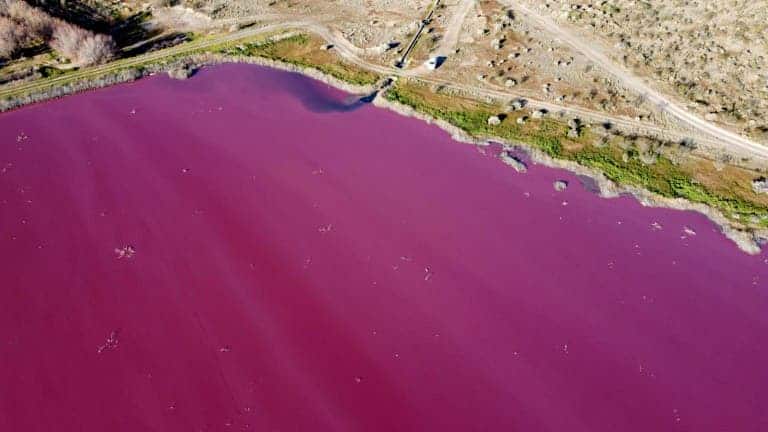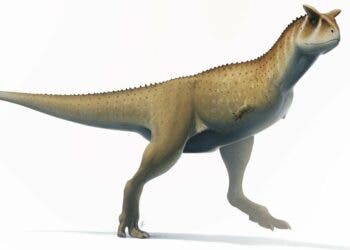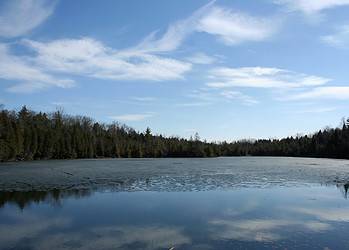In Argentina’s southern Patagonia region, you can find a pink lake. It wasn’t always pink, obviously, and local activists blame pollution from fish-preserving industries for the change.

The change in color, according to local environmental engineers, has been caused by sodium sulfite, a salt used as an antibacterial agent in fish factories. Waste from such factories is dumped into the Chubut river that eventually drains into the Corfo lagoon (the one turned pink) and other bodies of water in the region. Locals have also complained repeatedly about the foul smells and environmental concerns they’re seeing around both the river and lagoon for some time now.
Pink as prawns
“Those who should be in control are the ones who authorize the poisoning of people,” environmental activist Pablo Lada told Agence France-Presse (AFP), blaming the government for the mess.
It all started last week when the lagoon’s water started taking on a pink hue. It stayed that way through to the weekend. Environmental engineer and virologist Federico Restrepo explained for AFP that the color is caused by sodium sulfite in fish waste. By law, he adds, this should be removed before any waste can be dumped.
It’s not the first time that the Corfo lagoon changed colors — it previously turned fuchsia due to runoff from the Trelew industrial park.
Fed up with the issue, nearby residents have taken to blocking the roads used by trucks carrying processed fish waste to treatment plants. Dozens of trucks are being turned around every day, according to locals. However, this has led provincial authorities to grant factories in the region permission to dump their waste directly in the lagoon.
“The colouring is due to the preservative, sodium sulphide, an antibacterial agent which also contaminates the water table of the Chubut River and the water supply of cities in the region. The law orders the treatment of such liquids before being dumped,” said Federico Restrepo.
Although the fish processing industry generates thousands of jobs in the region, locals are fed up with their flaunting of environmental regulations. “These are multi-million-dollar profit companies that don’t want to pay freight to take the waste to a treatment plant that already exists in Puerto Madryn, 35 miles away, or build a plant closer,” the AFP cites one local as saying.






